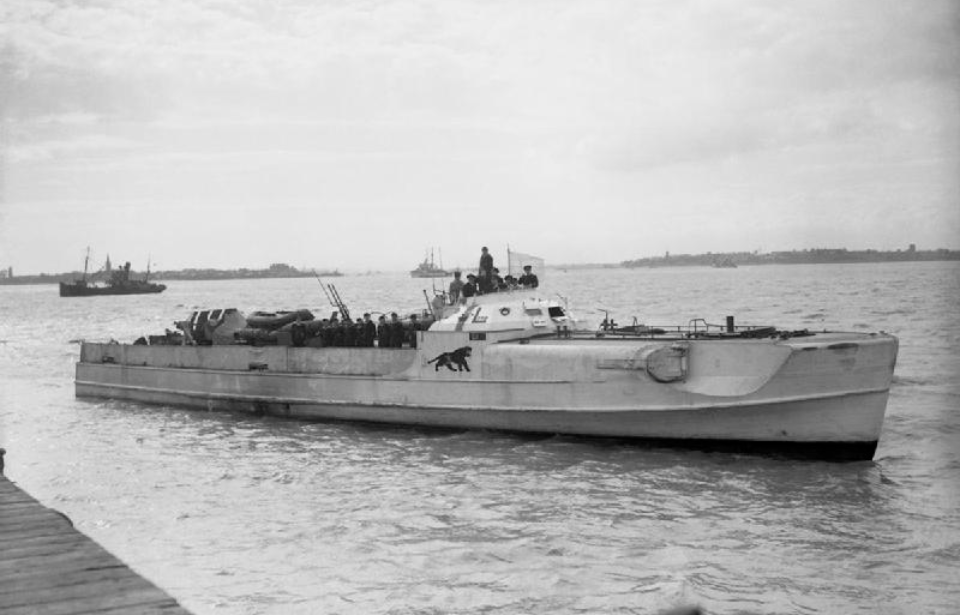The Schnellboot, widely known as the S-Boot, was a swift German attack vessel that served in the Kriegsmarine during the Second World War. The British referred to it as the “E-boat,” with the “E” standing for “enemy,” a term that was universally adopted by Allied forces. Over the course of the war, the vessel’s design was continually improved, culminating in the S-100 class, which marked the peak of its development.
From yacht to E-boat
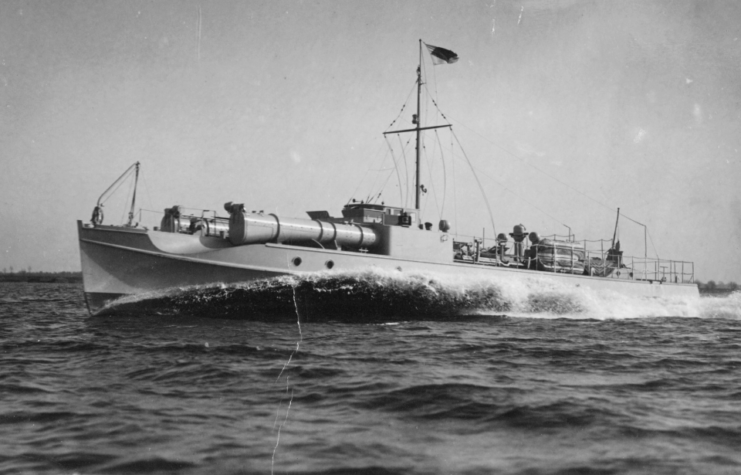
The E-boat was specifically designed with the prospect of a potential European conflict in mind. Intended for use in the English Channel, North Sea, and coastal regions, it needed to navigate turbulent waters effectively. To achieve this, its design departed from the conventional flat-bottomed approach, opting instead for a round-bottomed hull. This strategic design choice not only ensured superior performance but also allowed the Germans to easily circumvent the Treaty of Versailles, which regulated large fighting ships.
The origins of the E-boat can be traced back to the private yacht, Oheka II. Lürssen, a prominent shipbuilding company, was commissioned to construct a yacht for Otto Hermann Kahn, a German-born American investment banker. The design attracted the interest of the Reichsmarine, leading them to commission a swift attack craft based on the same design, with the addition of two torpedo tubes. Thus, the S-1 was born.
Several variants were developed
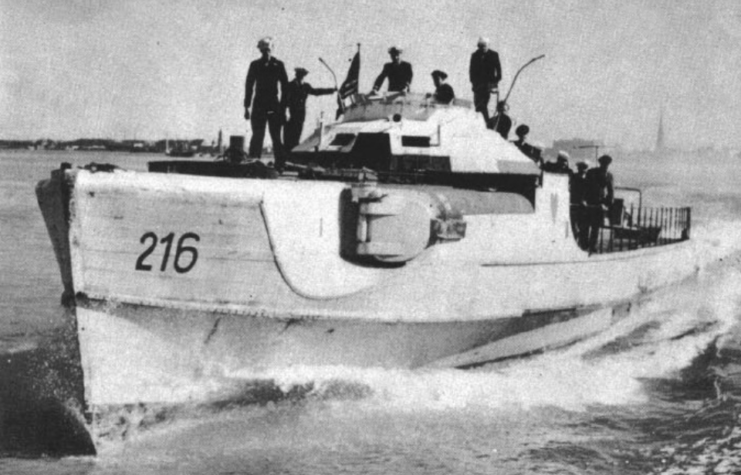
Tests were conducted with the S-1, which resulted in various improvements made to the design. In 1931, the S-2 class became the first production model of the E-boat. These were also the first to experience combat when they were transferred to the Spanish Francoist Navy during the Spanish Civil War.
In 1933, the S-7 class was created, with seven boats produced, three of which were sold to China. The S-14, with its longer hull, was developed the following year, followed by the S-18 in 1937. The S-26 was the first wartime model to be produced, and it entered service in 1940. This version of the E-boat featured a forward deck covering the two torpedo tubes.
The S-30 and S-38 classes followed, along with an armored type that boasted an armored bridge, as well as armament comprised of either 40 mm Bofors or 20 mm Flak anti-aircraft guns at the stern and an MG 34 Zwillingsockel at midships.
The S-100 was introduced in 1943 and was the most-produced E-boat of World War II, with 81 manufactured. The Type 700 was developed before the end of the conflict. It featured rear-facing torpedo tubes, in addition to forward facing ones, but retained the overall design of the S-100.
E-boat specs
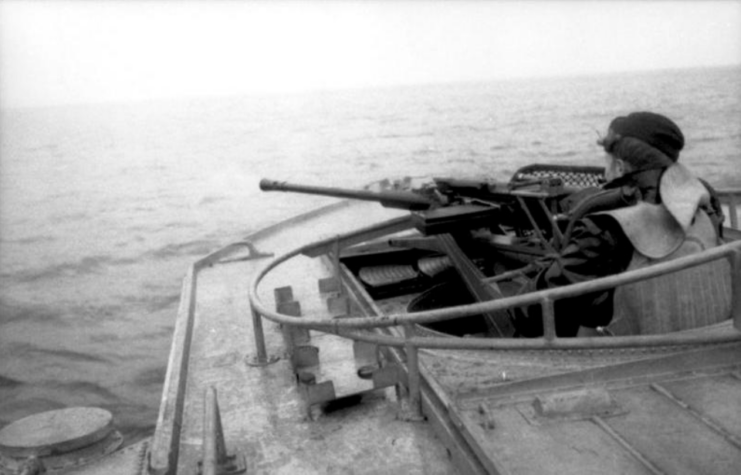
The E-boat’s hull was constructed of a metal frame and wood planks, which reduced weight for maximized speed. The S-100 class was 114.6 feet long, with a beam of 17.3 feet and a draught of 5.6 feet. The standard weight was 78.9 tons, with a maximum of 100 tons.
The E-boat design featured two small rudders on either side of the main. These could be angled outboard up to 30 degrees, which drew in an “air pocket slightly behind the three propellers, increasing their efficiency, reducing the stern wave and keeping the boat at a nearly horizontal attitude.” This was known as the Lürssen Effect. It ultimately lifted the stern of the vessel, allowing for greater speed while reducing the stern wave produced, making the E-boat harder to see.
The S-100 was powered by three Daimler Benz MB 501 marine diesel engines, which produced 3,960 brake horsepower. The E-boat had a range of 800 nautical miles at 30 knots and a maximum of 43.8 knots. It also carried a range of armament. Two 21-inch forward-facing torpedo tubes were located on either side of the bow, with four torpedoes stored onboard. It was also armed with three 20 mm C/30 cannons and one 37 mm Flak 42 cannon.
Operational history with the Kriegsmarine
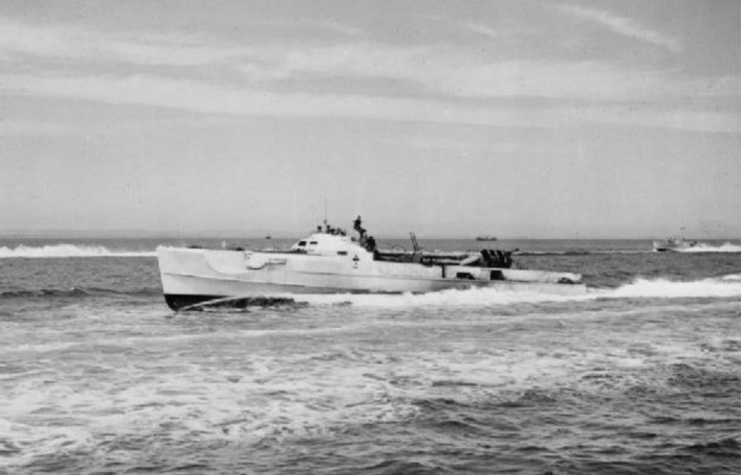
The Kriegsmarine primarily operated E-boats in the English Channel and Baltic Sea to disrupt shipping heading to southern and eastern ports. They were also deployed in smaller numbers to the Mediterranean and Black Sea – some were even used as boats aboard cruisers. E-boats deployed to the Black Sea were either transited there via river systems or dismantled and transited on land through Germany and Romania, being rebuilt upon arrival.
On April 28, 1944, E-boats with the 6th and 9th Flotillas attacked the Allied forces taking part in Exercise Tiger, one of the large-scale live-fire rehearsals for the upcoming invasion of Normandy. On D-Day itself, 31 vessels from the 9th Flotilla were the first to attack the Allied forces. At 5:00 AM, the E-boats departed Cherbourg, and, upon being confronted with the whole of the Allied fleet, fired all of their torpedoes.
E-boat accomplishments during World War II
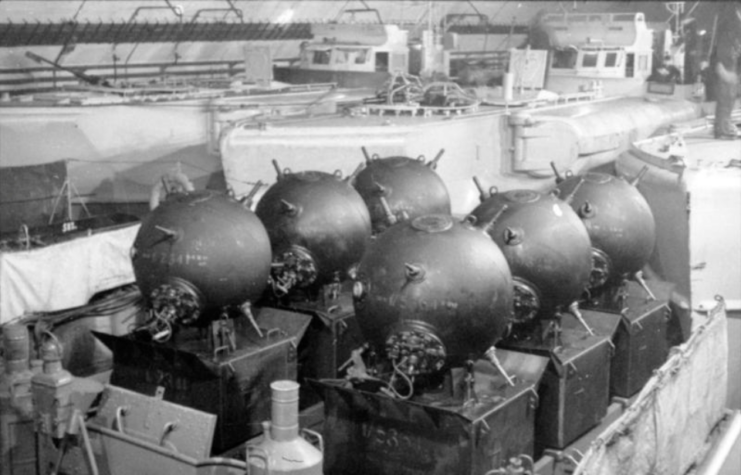
Over the course of the Second World War, E-boats reportedly sunk 12 destroyers, 11 minesweepers, eight landing ships, one submarine, six MTBs, one minelayer, one torpedo boat and various smaller vessels, including fishing boats. They were also responsible for sinking 101 Allied merchant ships, totaling 214,728 tons, and damaged various others, including two cruisers, five destroyers, three landing ships, one naval tugboat, one repair ship and several additional merchant ships.
Beyond direct action, sea mines laid by E-boats claimed 37 merchant vessels, a destroyer, two minesweepers and four landing ships. For their part in the war, 23 Knight’s Cross of the Iron Cross and 112 War Order of the German Cross in Gold were awarded to E-boat crewmen.
Das Schnellbootkriegsabzeichen – Fast Attack Craft War Badge
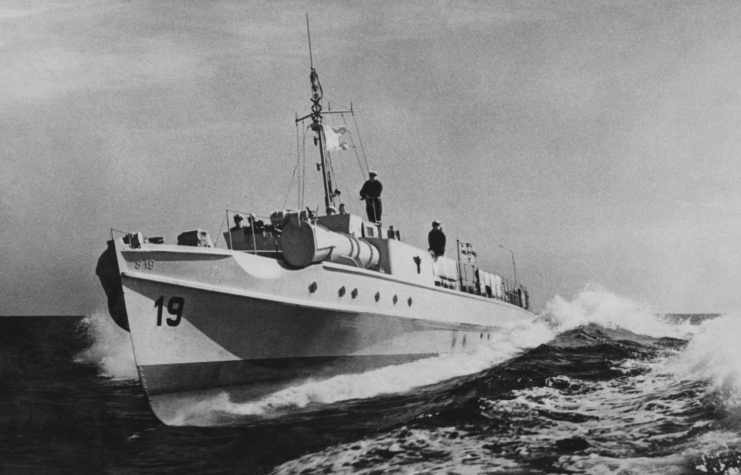
For exemplary service, crewmen serving aboard an E-boat could be awarded the Das Schnellbootkriegsabzeichen, meaning “Fast Attack Craft War Badge” or “S-Boot War Badge.” It featured a gold wreath, with the eagle and the symbol of the National Socialist German Workers’ Party at the top and an E-boat in the center, in silver.
Are you a fan of all things ships and submarines? If so, subscribe to our Daily Warships newsletter!
To be awarded the badge, one needed to have been involved in a distinctive mission, participated in 12 sorties against the enemy, showed good conduct and exemplary leadership, and either be wounded or killed in action (KIA).
Ultimately, the Fast Attack Craft War Badge was awarded when other decorations were unsuitable.
